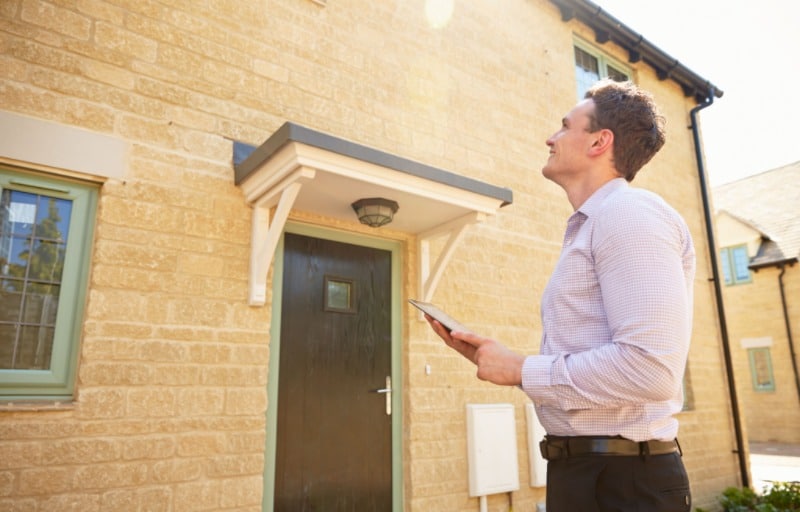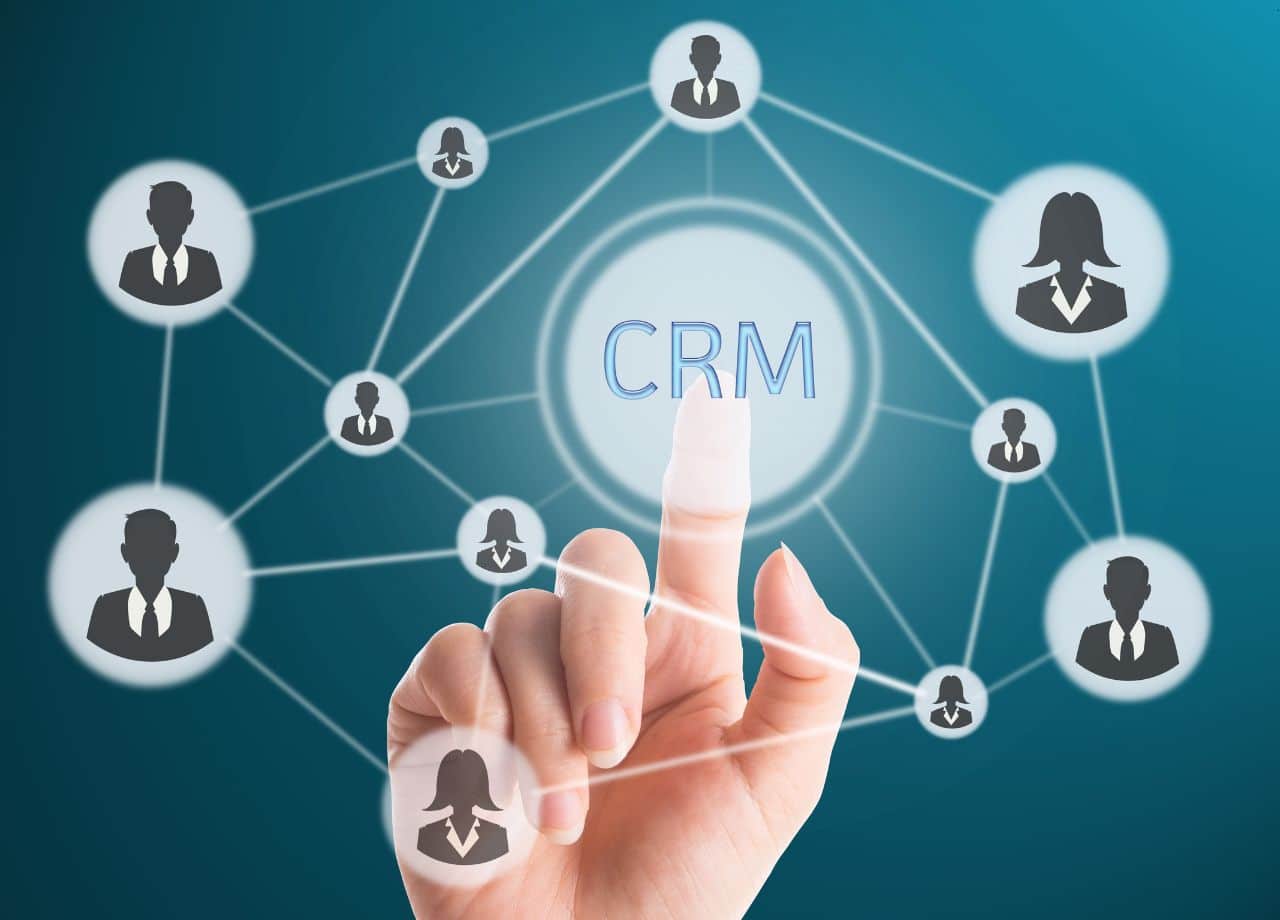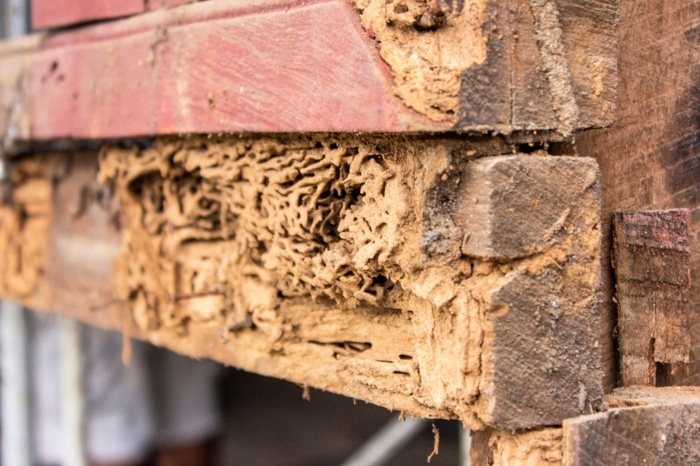In the fast-paced world of property management, efficiency isn’t just a goal; it’s a necessity. As a property manager, you’re constantly juggling various tasks, from handling tenant inquiries to overseeing maintenance work. This is where a well-structured property management flow chart steps in, serving as a roadmap to streamline operations and ensure nothing falls through the cracks. This guide will explore how such flow charts can revolutionise your approach to property management, leading to increased efficiency and satisfaction for both you and your tenants.
Understanding Property Management Workflows
A property management workflow is a systematic approach to handling the numerous tasks involved in managing rental properties. It encompasses everything from tenant screening to maintenance, financial management, and compliance. The importance of these workflows lies in their ability to simplify complex processes, reduce errors, and save time.
Effective workflow management in property management means ensuring that each task is carried out efficiently and on time. This can be challenging, given the unpredictable nature of managing properties. However, with a well-defined workflow, you can anticipate common scenarios and standardise responses, leading to smoother operations.
Designing a Property Management Flow Chart
Creating a property management flow chart involves identifying and organising all the tasks and processes you handle. Here’s a step-by-step approach to designing this essential tool:
Identify Key Processes:
List all the activities involved in your property management operations. This could range from tenant acquisition, maintenance requests, financial management, to tenant move-outs.
Sequence the Processes:
Determine the order in which these processes usually occur. Some tasks might be dependent on the completion of others, forming a sequence.
Assign Roles and Responsibilities:
Clarify who is responsible for each step in the workflow. This ensures accountability and helps team members understand their roles.
Determine Communication Channels:
Decide how information will be shared between team members and with tenants. This could include emails, phone calls, or property management software.
Integrate Tools and Resources:
Identify the tools and resources needed for each step. This might include software for tenant screening, accounting systems, or maintenance management tools.
Review and Refine:
Once you have a draft, review the flow chart for any missing steps or inefficiencies. It’s also helpful to get feedback from team members who will be using it.
Property Management Process Flow Chart: Tenant Acquisition
Tenant acquisition is a critical process in property management. A flow chart for this process helps ensure you attract and select the best possible tenants. Here’s a breakdown of a typical tenant acquisition workflow:

Property Listing:
Start by listing the property on relevant platforms, detailing the amenities, rent, and other critical information.
Inquiries Handling:
Set up a system for handling inquiries from prospective tenants, including scheduling viewings.
Application Process:
When a prospect shows interest, guide them through the application process, collecting necessary information and documentation.
Screening:
Conduct thorough tenant screening, including credit checks, reference checks, and background checks.
Lease Agreement:
Once a suitable tenant is found, draft and sign the lease agreement, clearly outlining the terms and conditions.
Move-in Preparation:
Prepare the property for move-in, ensuring it’s clean and all appliances and fixtures are in working order.
Orientation:
Provide the new tenant with an orientation, covering important aspects of the property and tenancy.
Maintenance and Repairs Workflow
Effective maintenance and repair management is crucial in property management. A well-structured workflow ensures that maintenance issues are addressed promptly and efficiently, maintaining the property’s value and tenant satisfaction. Here’s an outline of a typical maintenance workflow:
Maintenance Request Reception:
Establish a system for tenants to report maintenance issues, whether through an online portal, email, or phone.
Issue Assessment:
Once a request is received, assess its urgency. Classify issues into categories such as emergency, urgent, or routine.
Assigning Tasks:
Depending on the nature of the problem, assign the task to the appropriate team or external contractor.
Scheduling Repairs:
Coordinate with tenants and service providers to schedule the repairs at a convenient time.
Repair Work:
Ensure the repair work is completed to a high standard and in a timely manner.
Follow-Up:
After the repair, follow up with the tenant to ensure the issue has been resolved satisfactorily.
Record Keeping:
Document all maintenance requests and actions taken for future reference and compliance purposes.
Financial Management in Property Management Workflow
The financial aspect of property management involves several key tasks, each of which can be streamlined through a well-planned workflow. The financial management workflow typically includes:
Rent Collection:
Set up and manage a system for collecting rent, which could include online payments, direct deposits, or checks.
Expense Management:
Keep track of property-related expenses, including maintenance costs, utility bills, and service charges.
Financial Reporting:
Regularly prepare property financial reports that provide an overview of income and expenses, which are essential for budgeting and financial planning.
Budgeting:
Develop and manage the property’s budget, taking into account projected income, recurring expenses, and potential large-scale maintenance projects.
Financial Compliance:
Ensure compliance with financial regulations, including tax obligations and financial record-keeping requirements.
Vendor Payments:
Manage payments to contractors and service providers, ensuring timely and accurate compensation for services rendered.
Property Management Workflow Chart: Tenant Communication
Effective communication with tenants is a key component of successful property management. A workflow for tenant communication might include:

Initial Contact:
Establish clear communication channels for initial inquiries from prospective tenants.
Ongoing Communication:
Implement regular communication practices for current tenants, such as newsletters, emails, or community meetings.
Complaints and Requests:
Set up a system for handling tenant complaints and requests, ensuring timely and appropriate responses.
Updates and Notifications:
Communicate any important updates or notifications related to the property, maintenance schedules, or policy changes.
Lease Renewals:
Handle lease renewal communications, providing tenants with all necessary information and documentation.
Move-out Procedures:
Communicate move-out procedures and expectations when a tenancy ends.
Inspections and Compliance
Regular property inspections and adherence to compliance regulations are crucial for property management. The workflow for inspections and compliance can be outlined as follows:
Scheduling Inspections:
Plan regular inspections for different parts of the property, including common areas, individual units, and exteriors.
Conducting Inspections:
Carry out thorough inspections, documenting the condition of the property and noting any issues that need attention.
Compliance Checks:
Ensure that the property meets all local, state, and federal regulations, including safety codes and accessibility standards.
Reporting Findings:
Compile and review inspection reports, highlighting areas that require immediate action.
Addressing Issues:
Implement necessary repairs or modifications to address any issues identified during the inspections.
Record Keeping:
Keep detailed records of all inspections and compliance-related activities for legal and operational reference.
Utilising Technology in Property Management Workflows
Incorporating technology into property management workflows can significantly enhance efficiency and accuracy. Here’s how technology can be integrated:
Property Management Software:
Utilise comprehensive property management software for centralised control over various aspects like tenant screening, rent collection, maintenance requests, and financial reporting.
Automated Communication Systems:
Implement automated systems for tenant communications, including reminders for rent payments and maintenance updates.
Digital Record-Keeping:
Maintain digital records of all property-related documents, including leases, maintenance records, and financial statements, for easy access and better organisation.
Online Payment Platforms:
Adopt online payment systems for rent and other fees to streamline financial transactions.
Mobile Applications:
Use mobile apps for real-time communication with tenants and team members, and for managing tasks on the go.
Data Analytics Tools:
Employ analytics tools to analyse property performance, tenant demographics, and financial trends for informed decision-making.
Continuous Improvement of Property Management Processes
An effective property management workflow is not static; it requires regular evaluation and improvement:
Feedback Collection:
Regularly gather feedback from tenants and staff regarding the effectiveness of the current workflows.
Performance Review:
Periodically review the performance of various processes to identify areas for improvement.
Training and Development:
Continuously train staff on new technologies and best practices in property management.
Adapting to Changes:
Be adaptable to changes in the industry, including legal regulations, market trends, and technological advancements.
Process Optimization:
Constantly look for ways to streamline and optimise workflows for greater efficiency and better tenant satisfaction.
Conclusion
Creating and maintaining efficient property management workflows is vital for the smooth operation of rental properties. By carefully designing flow charts for different processes, integrating technology, and continually seeking improvements, property managers can enhance their efficiency, tenant satisfaction, and ultimately, the success of their properties.
Ready to optimise your property management processes? Start implementing these strategies today, and watch as your property management operations transform into a streamlined, efficient machine.





